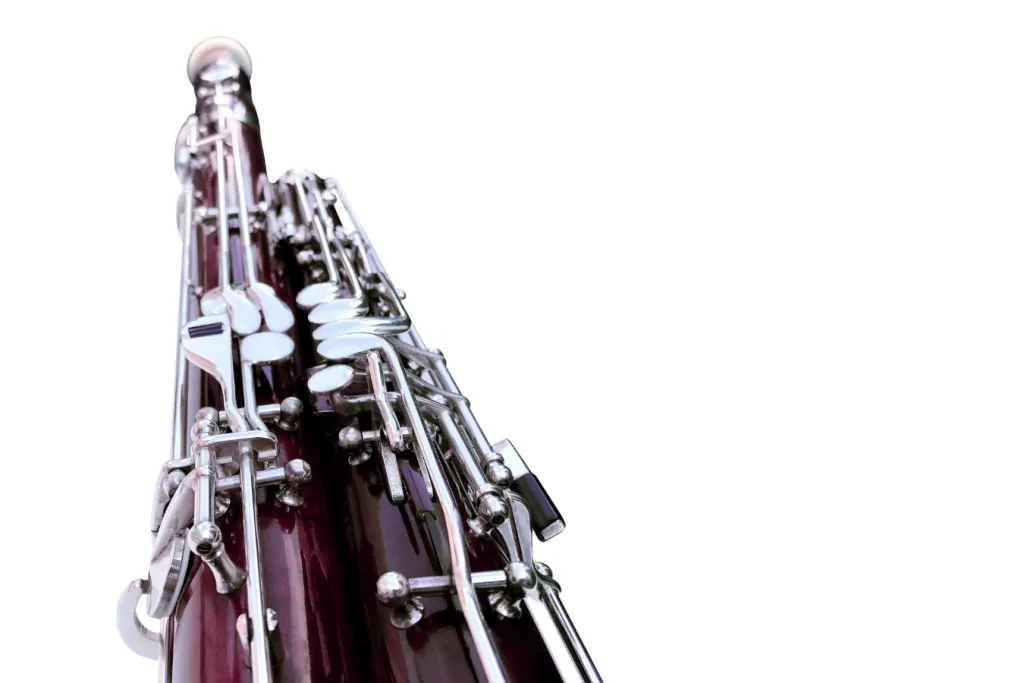Origins of the Bassoon
- The bassoon traces its roots back to the early Renaissance period.
- It evolved from a predecessor known as the dulcian, a wooden, double-reed instrument used in the 16th century.
- The dulcian had a conical bore and a folded design, which influenced the modern bassoon.
- Early versions of the dulcian were made from a single piece of wood, which limited its range and tuning flexibility.
- Over time, instrument makers experimented with different materials and shapes to refine its sound and playability.
The Development of the Baroque Bassoon
- By the late 17th century, instrument makers began modifying the dulcian into a more sophisticated version.
- The Baroque bassoon featured a more refined key system and improved tone quality.
- It was constructed in multiple sections, which allowed for easier tuning and maintenance.
- Composers like Vivaldi and Telemann started incorporating the bassoon into their compositions, recognizing its unique tonal qualities.
- During this period, the bassoon became a more versatile instrument, capable of both solo and ensemble performances.
The Classical and Romantic Periods
- The 18th and 19th centuries saw significant improvements to the bassoon’s design.
- The addition of more keys (from four to over ten) allowed for greater technical possibilities and more accurate intonation.
- The bassoon became a staple in orchestras and chamber music, with composers like Mozart writing concertos for it.
- In the Romantic era, composers such as Tchaikovsky, Beethoven, and Brahms utilized the bassoon for its expressive and lyrical qualities.
- The instrument’s role in symphonic works expanded, often providing warm, rich harmonies and dramatic solo passages.
The Modern Bassoon: 19th to 21st Century
- By the 19th century, two main bassoon systems emerged: the German (Heckel) and the French (Buffet) systems.
- The Heckel system became the dominant style used in most professional orchestras worldwide due to its superior intonation and playability.
- The Buffet system, while still used in some French orchestras, features a different fingering system and a slightly brighter tone.
- Advances in materials, such as modern metal keywork and improved wooden construction, have enhanced the instrument’s durability and sound quality.
- The modern bassoon typically has over 20 keys and a complex mechanism that allows for precise control over pitch and tone.
- Contemporary manufacturing techniques have led to the creation of student-friendly models, making the bassoon more accessible to young musicians.
The Bassoon in Contemporary Music
- Today, the bassoon is an essential member of orchestras, wind ensembles, and even jazz and contemporary music.
- Composers continue to write innovative works for the bassoon, expanding its repertoire beyond classical music.
- The bassoon is occasionally featured in film scores, adding a distinctive, sometimes whimsical character to movie soundtracks.
- Jazz musicians have experimented with the bassoon, incorporating it into unique improvisational settings.
- Electronic modifications and extended techniques, such as multiphonics and flutter tonguing, have further expanded the instrument’s possibilities.
Notable Bassoonists Throughout History
- Antoine Dard (18th century) – One of the earliest bassoon virtuosos and a pioneer in bassoon pedagogy.
- Carl Almenräder (19th century) – Instrument maker and key figure in the development of the modern Heckel system.
- Klaus Thunemann (20th century) – Renowned for his solo and orchestral work, bringing wider recognition to the bassoon.
- Judith LeClair (21st century) – Principal bassoonist of the New York Philharmonic, known for her expressive playing and technical mastery.
Conclusion
The bassoon has undergone remarkable transformations since its inception, evolving from a simple Renaissance instrument to a complex, expressive voice in modern music. Whether in orchestras, solo performances, or contemporary ensembles, the bassoon continues to captivate audiences with its rich, resonant sound. With ongoing innovations and an expanding repertoire, the bassoon remains a vital and intriguing instrument in the world of music.

